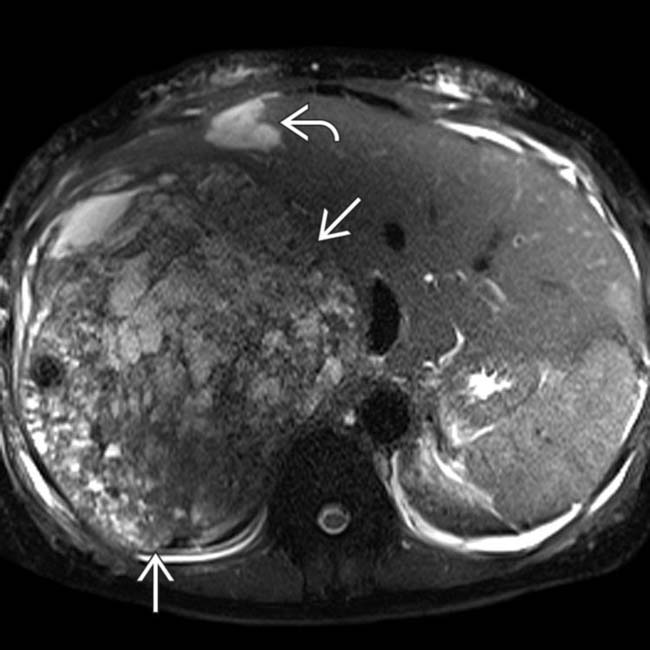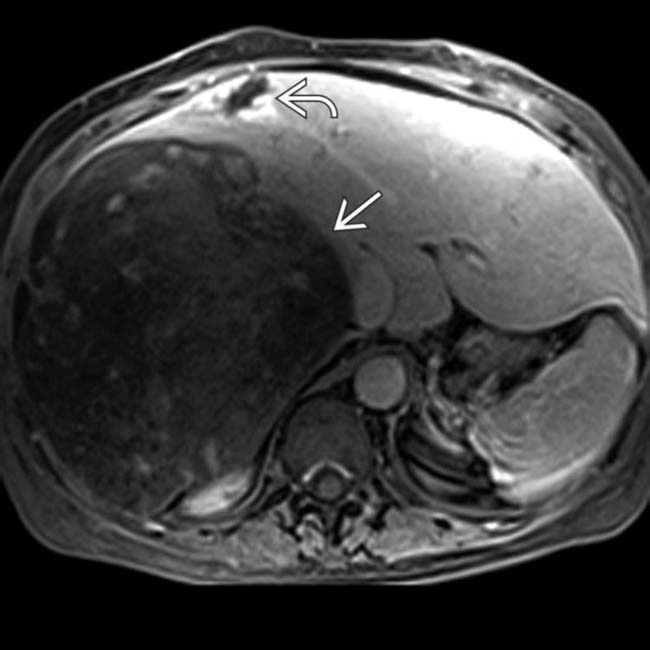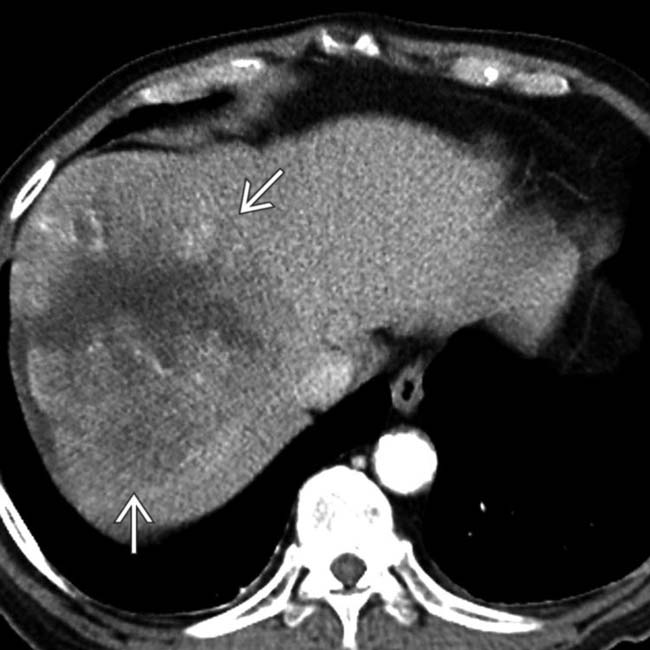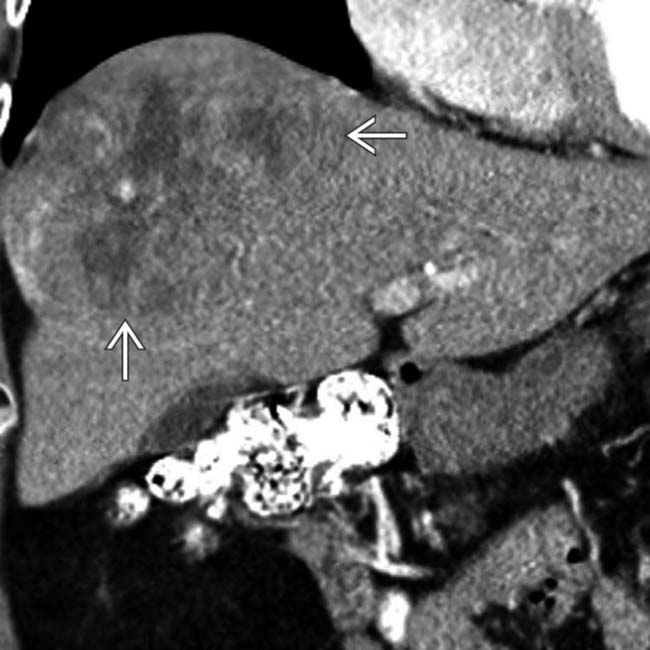Kalra, N, et al. Undifferentiated embryonal sarcoma of liver in an adult masquerading as complicated hydatid cyst. Ann Hepatol. 2011; 10(1):81–83.
Celikbilek, M, et al. Primary hepatic carcinosarcoma. Hepatobiliary Pancreat Dis Int. 2011; 10(1):101–103.
Gasljevic, G, et al. Undifferentiated (embryonal) liver sarcoma: synchronous and metachronous occurrence with neoplasms other than mesenchymal liver hamartoma. Ann Diagn Pathol. 2011; 15(4):250–256.
Oral, A, et al. A case of undifferentiated embryonic liver sarcoma mimicking cystic hydatid disease in an endemic region of the world. J Pediatr Surg. 2011; 46(11):e5–e9.
Schoofs, G, et al. Hepatic rhabdomyosarcoma in an adult: a rare primary malignant liver tumor. Case report and literature review. Acta Gastroenterol Belg. 2011; 74(4):576–581.
Zacherl, M, et al. Surgery for liver metastases originating from sarcoma-case series. Langenbecks Arch Surg. 2011; 396(7):1083–1091.
Goto, H, et al. Carcinosarcoma of the liver. Intern Med. 2010; 49(23):2577–2582.
Massani, M, et al. Hepatic cystic lesion in adult: a challenging diagnosis of undifferentiated primary embryonal sarcoma. G Chir. 2010; 31(5):225–228.
Tsukada, A, et al. Embryonal sarcoma of the liver in an adult mimicking complicated hepatic cyst: MRI findings. J Magn Reson Imaging. 2010; 31(6):1477–1480.
Upadhyaya, M, et al. Primary hepatic sarcomas in children—a single-center experience over 19 years. J Pediatr Surg. 2010; 45(11):2124–2128.
Huang, YJ, et al. Education and imaging. Hepatobiliary and pancreatic: Huge hepatic carcinosarcoma. J Gastroenterol Hepatol. 2009; 24(5):929.
Kullar, P, et al. Primary hepatic embryonal sarcoma masquerading as metastatic ovarian cancer. World J Surg Oncol. 2009; 7:55.
Matthaei, H, et al. Long-term survival after surgery for primary hepatic sarcoma in adults. Arch Surg. 2009; 144(4):339–344. [discussion 344].

 that replaces most of the right lobe. The mass is heterogeneously hyperintense, though not as bright as another lesion
that replaces most of the right lobe. The mass is heterogeneously hyperintense, though not as bright as another lesion  that proved to be a cavernous hemangioma.
that proved to be a cavernous hemangioma.
 , whereas most of the sarcoma
, whereas most of the sarcoma  shows no enhancement. The tumor is an undifferentiated sarcoma, which is largely necrotic and hemorrhagic as suggested by MR.
shows no enhancement. The tumor is an undifferentiated sarcoma, which is largely necrotic and hemorrhagic as suggested by MR.
 that has central necrosis and a periphery of hypervascular solid tumor, a common feature of sarcomas in general, though not specific for a primary hepatic sarcoma.
that has central necrosis and a periphery of hypervascular solid tumor, a common feature of sarcomas in general, though not specific for a primary hepatic sarcoma.
 . Absence of immunohistochemical evidence of muscle, epithelial, or vascular differentiation led to the final diagnosis of undifferentiated sarcoma.
. Absence of immunohistochemical evidence of muscle, epithelial, or vascular differentiation led to the final diagnosis of undifferentiated sarcoma.

























